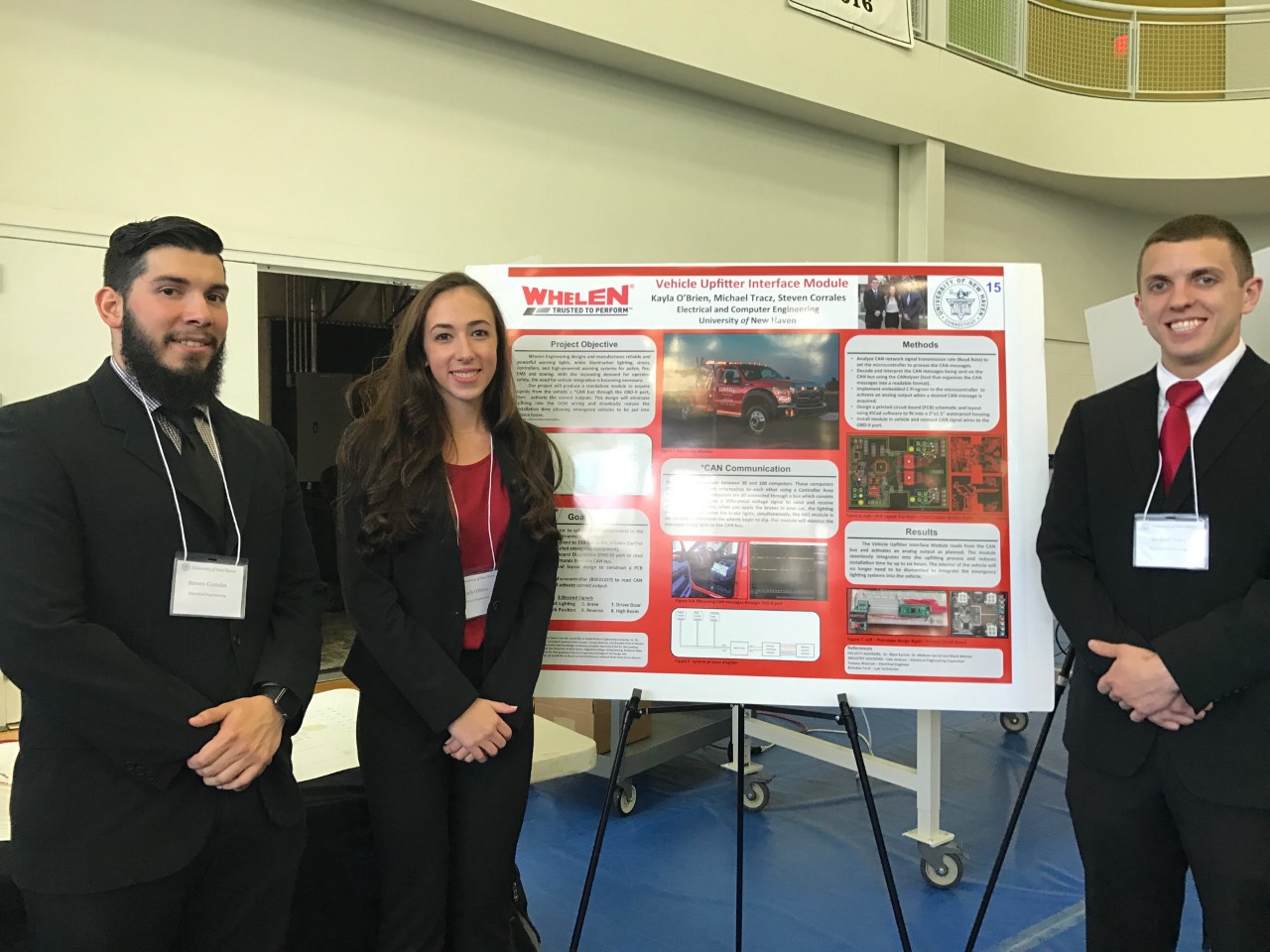From The Associated Press
TUKTOYAKTUK, Northwest Territories – Caught between rising seas and land melting beneath their mukluk-shod feet, the villagers of Tuktoyaktuk are doing what anyone would do on this windy Arctic coastline. They’re building windmills.
That’s wind-power turbines, to be exact — a token first try at “getting rid of this fossil fuel we’re using,” said Mayor Merven Gruben.
It’s a token of irony, too: People little to blame, but feeling it most, are doing more to stop global warming than many of “you people in the south,” as Gruben calls the rest of us who fill the skies with greenhouse gases.
They’re feeling climate change not only in this lonely corner of northwest Canada, but in a wide circle at the top of the world, stretching from Alaska through the Siberian tundra, into northern Scandinavia and Greenland, and on to Canada’s eastern Arctic islands, a circle of more than 300,000 indigenous people, including Gruben and the 800 other Inuvialuit, or Inuit, of the village they know as “Tuk.”
Since 1970, temperatures have risen more than 2.5 C (4.5 F) in much of the Arctic, much faster than the global average. People in Tuk say winters are less numbing, with briefer spells of minus-40 C (minus-40 F) temperatures. They sense it in other ways, too, small and large.
“The mosquitoes got bigger,” the mayor’s aunt, Tootsie Lugt, 48, told a visitor to her children-filled house overlooking Tuk harbor.
Her father, one-time fur trapper Eddie Gruben, spoke of more outsized interlopers from the south.
“Them killer whales, first time people seen them here in the harbor, three or four of them this summer,” said the 89-year-old patriarch of Tuk’s biggest family and biggest business, a contracting firm.
Plants and animals are a tip-off everywhere. In northeast Canada, the Nunatsiaq News advised readers the red-breasted birds they spotted this spring were American robins.
But the change runs deeper as well, undermining ways of life.
The later fall freeze-up, earlier spring break-up and general weakening of sea ice make snowmobile travel more perilous. A trip to the next island can end in a fatal plunge through thin ice.
The unpredictable ice and weather combine with a changing animal world to make hunting and fishing more challenging, and to crimp the traditional diet of “niqituinnaq,” “real food” — of caribou, seal and other meat staples.
The resilient Inuit — Eskimos — of the past simply moved on to better places. But since the mid-20th century these ex-nomads have been tied to settlements, with all the buildings, utilities, roads and trouble that represents in a warming world.
At Tuk’s graveyard, for example, white crosses stand akilter where the permafrost has heaved and sunk below. “In another 20 years I’ll be burying my relatives again,” Gus Gruben, 45, the mayor’s brother, said sadly as he surveyed the graves of forebears which will someday have to be moved.
Just meters (yards) away, the sound of Tuk eroding could be heard: The steel-gray Arctic Ocean crashed against a beach barrier of small boulders.
The hamlet of Tuktoyaktuk grew up in the 20th century on a spit of gravelly land hooking out into the Arctic’s Beaufort Sea, at latitude 69 degrees north, 2,500 kilometers (1,500 miles) from the U.S. border, beyond the continent’s treeline and amid a tundra landscape of numberless lakes framed by drier land overlaid with moss, lichens and shrubs.
Today’s Tuk is a jumble of homely wood-frame houses, in white or pale blue or red, beneath power lines that sag alongside dirt roads leading to the peninsula’s tip, “The Point,” just past Our Lady of Grace church. The little chapel of peeling white paint and a doorway topped by the proud antlers of a long-ago caribou buck.
Like much of the western Arctic coast, the land here has been sinking for centuries, an aftereffect of the Ice Age. In recent memory, before stopgap barriers were built, the sea each year was taking away about a meter (3 feet) of Tuk’s beach. Gus Gruben remembers waves spraying through classroom windows in the 1970s, before the school was moved from its spot near the graveyard.
Climate change now adds to the problem.
Much of the “land” is ice, great wedges of it stuck in the frozen soil of the permafrost. Rising temperatures mean thawing tundra, and that means sinking terrain, making Tuk even more vulnerable to the battering of the sea.
Steve Solomon, a government coastal geologist who has long studied Tuktoyaktuk’s predicament, said the combination of land subsidence and seas rising from global warming add up to Tuk’s “sinking” by 3 millimeters (an eighth of an inch) a year.
That translates into bigger numbers for shore erosion in key spots, like Tuktoyaktuk Island, whose 10-meter (30-foot) cliffs protect the harbor mouth.
“Tuktoyaktuk Island is completely unprotected, exposed,” Solomon said from his Nova Scotia office. “It’s eroding at 2 meters (yards) a year.”
Warming ocean waters are undercutting the cliffs’ permafrost base. Solomon believes that at current erosion rates — and they may worsen as warming does — the island will be reduced to a small shoal in 30 or 40 years, exposing the unprotected side of Tuk’s populated peninsula to ocean waves.
The heart of town already must deal with permafrost melt, as houses on shallow supports shift and tilt on a slowly liquefying base.
“Every house has a problem eventually,” said Merven Gruben. The mayor’s brother Gus believes “someday we’ll all have to move to Reindeer Point,” a cluster of houses on higher ground 3 miles inland, begun in the 1990s. But Merven scoffs, “It’s too far out. Siberia, they call it.”
Reindeer Point resident Nellie Pokiak, 55, concedes people are relucant. “Tuk’s population’s growing,” she said. “But it’s hard to see them moving from their traditional fishing areas,” old homes with small boats backing on the harbor. “That’s where Tuk began.”
Tuk has a problem, too, with what the mayor calls “our submersible roads,” flooded by seawater more and more often when storms sweep in from the west. Villagers worry that the sea will soon flood a large old dump, filled with the U.S. military’s trash when it operated a radar station here, and spread its contaminants on and off shore.
The gravel is washing away at The Point, meanwhile. At least 20 buildings are directly threatened by the shore erosion. And Tuk’s vital truck link to the south, a 180-kilometer (110-mile) “ice road” marked out each winter over the frozen sea and up the frozen Mackenzie River, will have shorter safe-driving seasons.
Tuk’s troubles are repeated in settlements across the Arctic. Some examples:
_On Alaska’s Bering and Chukchi sea coasts, villages may have to be relocated. The U.S. Army and Marines are already helping the 350 people of one hamlet, Newtok, move to higher ground.
_Across the Bering Strait in east Siberia, thawing permafrost has damaged airport runways, cutting off communities from emergency medical evacuations, a representative of the indigenous Yukagir people told an Anchorage conference this May.
_In Pangnirtung, on Canada’s Baffin Island, an unusual rush of meltwater this spring eroded the permafrost holding up two bridges, bringing them down.
The sturdy, trim great-grandfather Eddie Gruben remembered better, colder times, as he sat on his daughter’s sofa, beneath an enlarged photo of himself a half-century ago, leading a dogsled team on a polar bear hunt.
“Even in the ocean today the ice isn’t getting thick like it used to be,” the old hunter said. “Thirty, 40 years ago, in June it was still solid ice. Now the first week in June there’s no ice. It used to be a long winter.”
His grandson the mayor hopes Tuk will sit tight for many more winters.
That’s why he and the hamlet council agreed to the wind-power plan, a government project to test the technology in this harsh environment. Two to four turbines are expected to be operating by 2011, replacing perhaps 20 percent of Tuk’s current diesel-generated power, as this little place does its part to reduce emissions blamed for global warming.
The pylons will pierce the Arctic skyline along with the automated radar tower the Americans left behind in 1994, after decades in which Tuktoyaktuk served as a link in the manned DEW — Distant Early Warning — line.
Now, rather than alert America to nuclear attack, Tuk may serve as an early warning post for a warming planet.
The 47-year-old mayor believes there’s still time for “the people in the south” to take global action to stem the worst of warming. “I’m hopeful,” Merven Gruben said. “I don’t think it’s too late.”
Except, perhaps, for Tuk.
The community is gradually “moving south,” he said, placing its newest structures farther from the worst erosion. “Eventually we have to move,” said the bear hunter’s grandson. “It’s a losing battle.”








